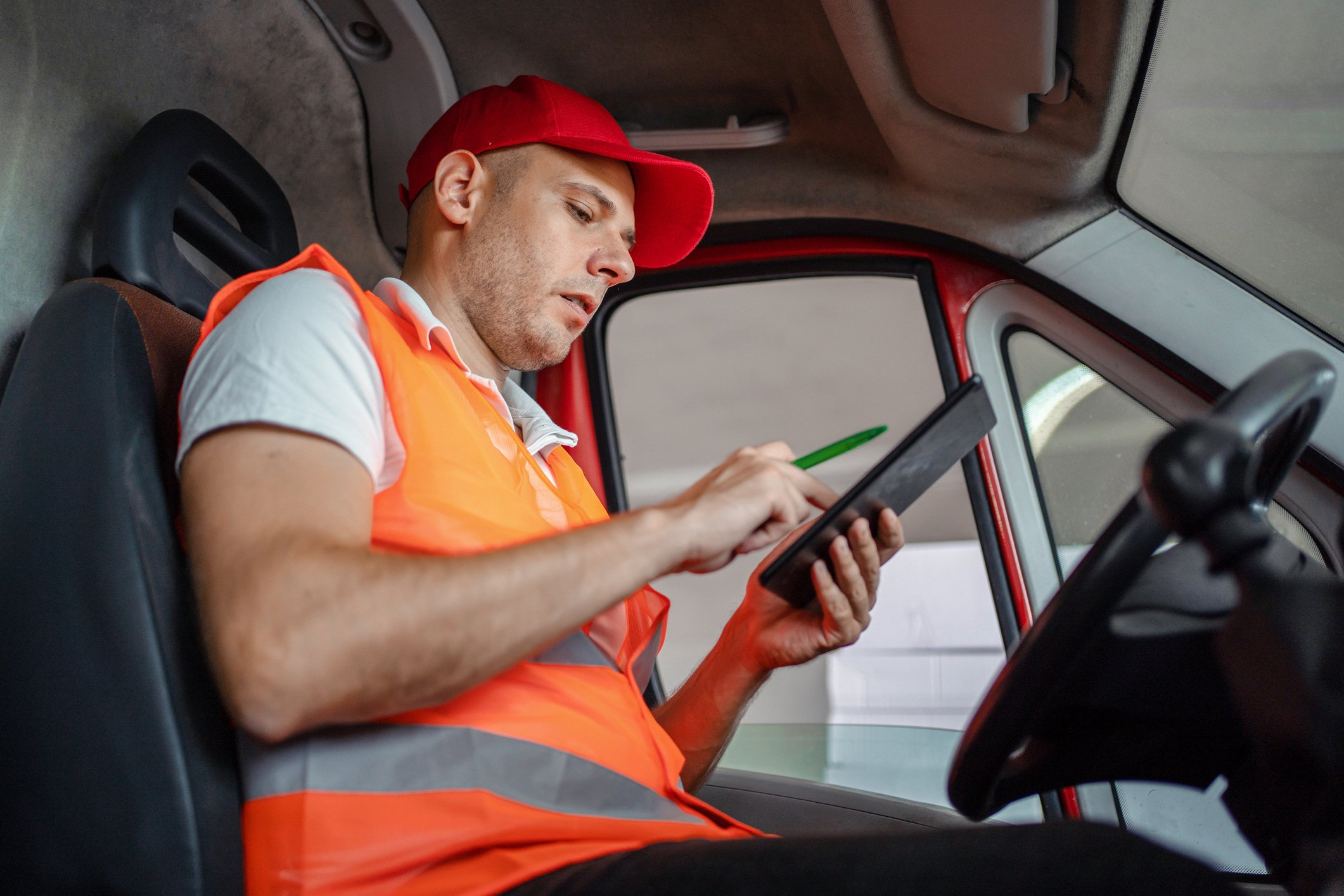vIn today’s fast-paced business world, how you deliver can have more impact on your bottom line than you ever thought possible. Amazon (and others in the online ordering space) have revolutionized delivery expectations, setting a high bar not just in the consumer market but in the B2B space as well. Real-time tracking and delivery optimization are now expected by all customers - no matter what you are selling.
According to Jay Bauer’s book The Time to Win, speed is no longer just a perk; it's a necessity. In fact, 66% of customers say that speed is as important as price when making a buying decision. But it is more about being timely and responsive than necessarily being the fastest - delivering as promised is critical to meeting customer expectations.
The current economic climate has also heightened the focus on fleet efficiency. Our State of the Fleet survey this year revealed a staggering 90% of respondents were impacted by fuel price fluctuations - of which 38% were significantly affected. While the shift to EV and Hydrogen is widely promoted only 20% were looking to make a purchase in the next 12 months - highlighting the need to prioritize making the most efficient use of current fleets.
So how can we improve how we deliver goods and services to deliver more to our bottom line?
1. Return fraud a costly challenge
Return fraud is a persistent problem that can drain significant resources from your business. One client found they were losing over $100K per month simply because they couldn’t prove that goods were delivered in fit-for-purpose condition at the time they claimed.
Imagine a scenario where a shipment is reportedly delivered late and in poor condition. The customer complains, but the driver insists the delivery was on time and in perfect shape. Without concrete evidence, however, the business is forced to bear the cost of the damages. This scenario is all too common and can be particularly devastating in retail, where customers might falsely claim non-delivery to receive a refund while keeping the goods.
To combat return fraud, it's essential to tighten your tracking systems. Every step of the delivery process should be logged and transparent, with auditable documentation including photographic, time-stamped evidence. With these tools, you can protect your business from fraudulent claims and safeguard your bottom line.
2. Speed to invoice: time is money
Speedy invoicing isn’t just about getting paid faster—it’s about improving cash flow, enhancing customer satisfaction, and boosting overall efficiency. Fast invoicing means quicker payments, which can be reinvested into the business, driving growth.
Accurate and prompt invoicing also builds trust with customers, fostering loyalty and encouraging repeat business. Moreover, it reduces administrative burdens, saving time and minimizing errors. With the right technology, invoices can be issued moments after a delivery is completed, ensuring that billing is both fast and accurate.
Consider the benefits of eliminating human data entry errors, ensuring the accounts team doesn’t have to struggle with illegible delivery dockets, and reducing the delay in sending out invoices. By issuing an invoice immediately upon delivery, you not only strengthen your financial health but also contribute to a more agile and competitive market.
3. Human error: minimizing the risk
Human error is inevitable, but in the delivery supply chain, it can lead to significant revenue leakage. Common mistakes such as incorrect addresses, loading the wrong products, and documentation errors result in delays, increased costs, and strained customer relationships.
To minimize human error, it's crucial to implement robust verification processes, automate tracking and documentation systems, and ensure clear communication between your team and customers. This approach reduces the likelihood of mistakes and ensures that your operations run smoothly.
For example, entering delivery details once and verifying them immediately, helps to eliminate errors throughout the rest of the delivery process. By adopting these practices, you can protect your business from the financial and reputational costs associated with human error.
4. Unforeseen issues: expect the unexpected
Delivery delays due to unforeseen issues such as roadworks, traffic incidents, or weather conditions can have a ripple effect, disrupting schedules and impacting customer satisfaction. These delays often seem trivial at first, but they compound throughout the day, often adding up to hours - leading to missed deadlines and increased costs.
Effective communication is key to managing these challenges. Real-time, two-way communication between all three parties - the dispatcher, driver, and customer - allows for adjustments on the fly and helps reset expectations. This not only keeps deliveries on track but also ensures that any customer concerns can be quickly addressed.
5. Missed income: capturing every opportunity
Missed income is a subtle but significant issue that many companies overlook. For instance, additional jobs performed in the field often go unrecorded, leading to lost revenue. Similarly, companies frequently absorb the costs of delays caused by customers instead of billing for the extra time and resources.
To address this, it’s important to have systems in place that allow for the immediate logging of additional jobs and delays. By accurately tracking and billing for all services provided, you can prevent revenue leakage and ensure that your business is compensated for the work it does.
6. Driving unnecessary miles: route optimization
Route optimization has evolved from a nice-to-have to a must-have tool. By planning the most efficient routes, you can minimize travel time, reduce fuel consumption, and lower maintenance costs. This not only boosts productivity but also contributes to lowering your carbon footprint and positively impacting the environment.
From experience, we’ve seen route optimization save up to 60% on dispatch admin time and reduce drive time by an average of two hours, leading to fuel savings of around 20-25%. When combined with fast and accurate billing, job capture, and auditable proof of delivery, route optimization has a profound impact on your bottom line.
Conclusion - how you deliver impacts your bottom line
In today’s competitive market, how you deliver has never mattered more. By addressing challenges such as return fraud, human error, and missed income - and by leveraging tools like route optimization - you can improve your fleet's efficiency and significantly enhance your business's financial performance.
Now is the time to refine your delivery processes and ensure that every mile, every job, and every invoice contributes positively to your bottom line. Let us show you how.
Share this
You May Also Like
These Related Stories

Tackle Increasing Customer Demands For Information and Proof of Delivery

TV Interview Highlights Importance of Last Mile Delivery

